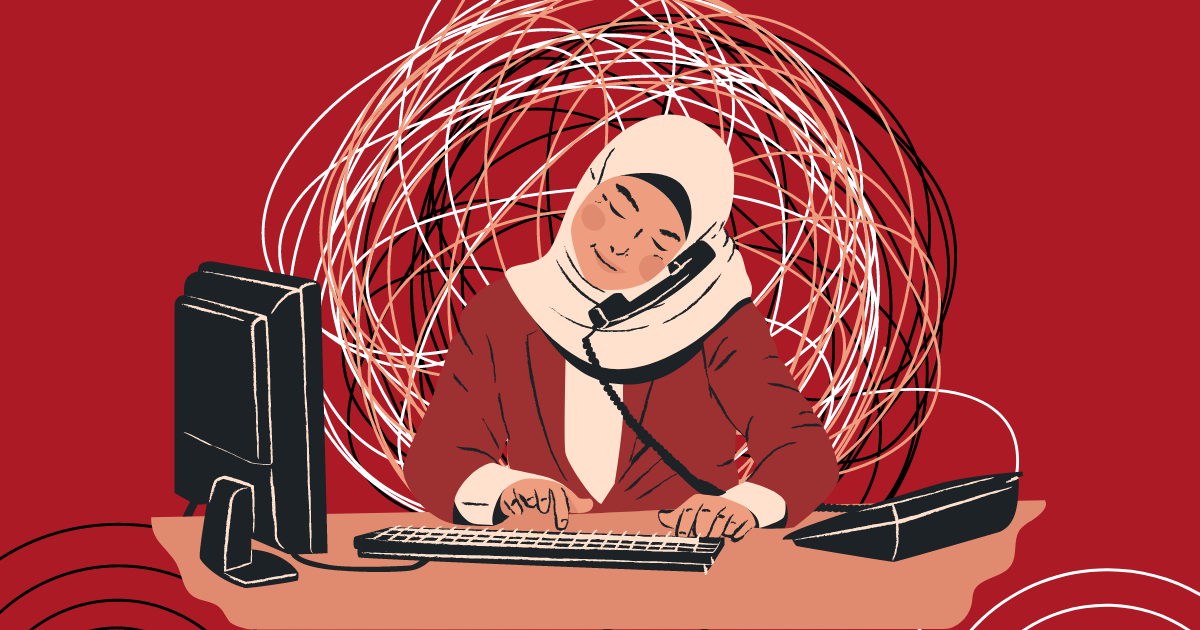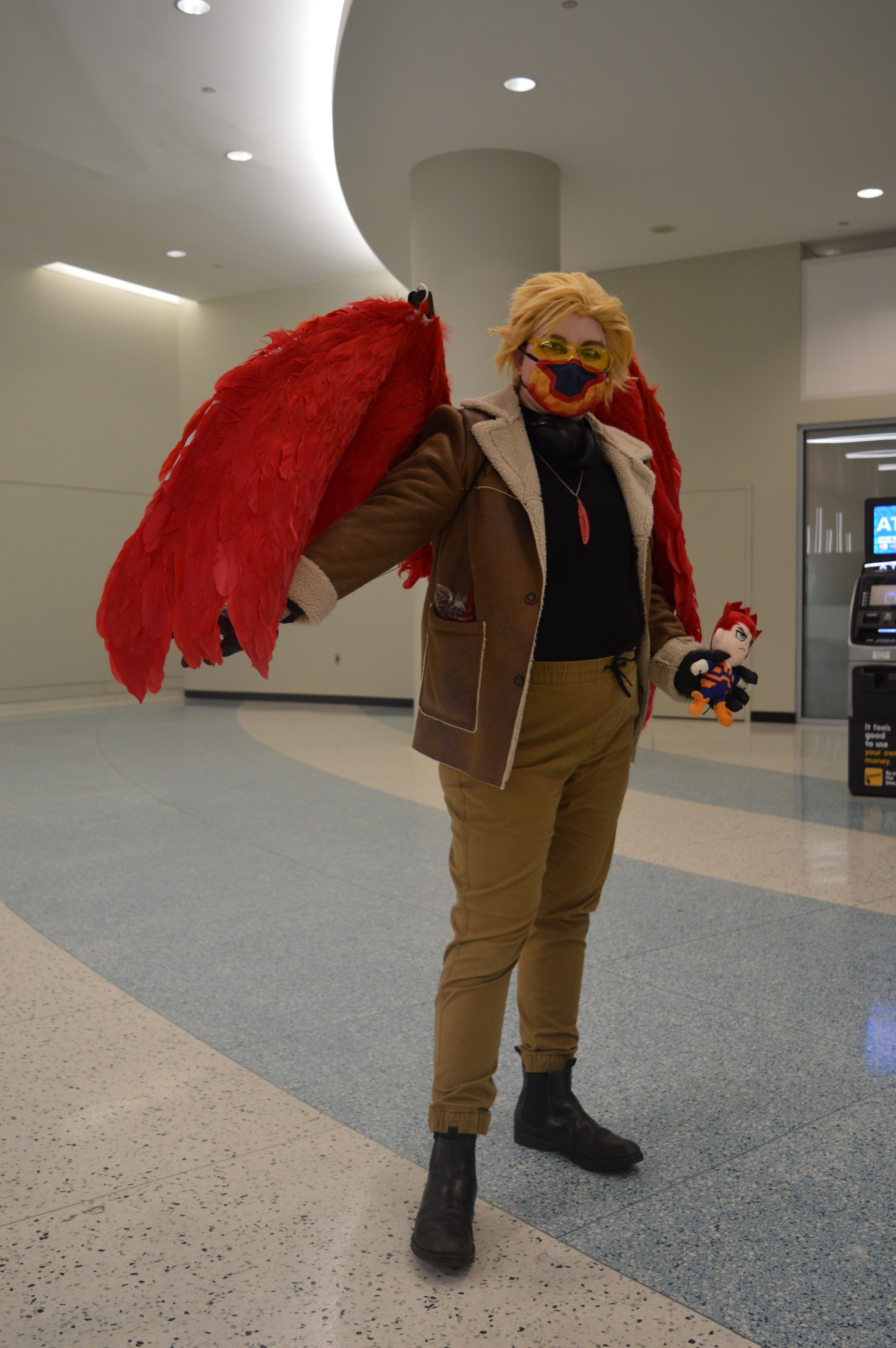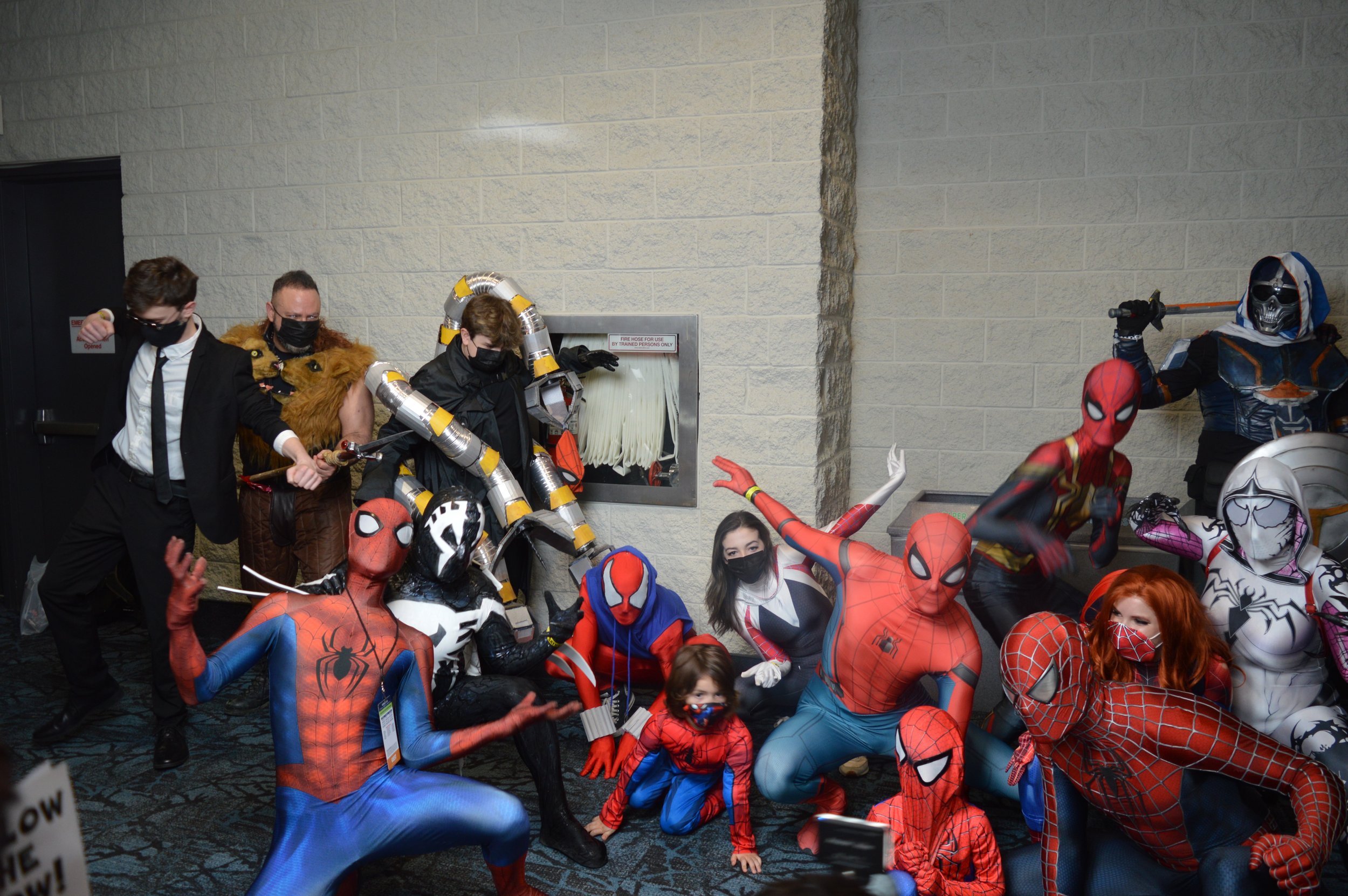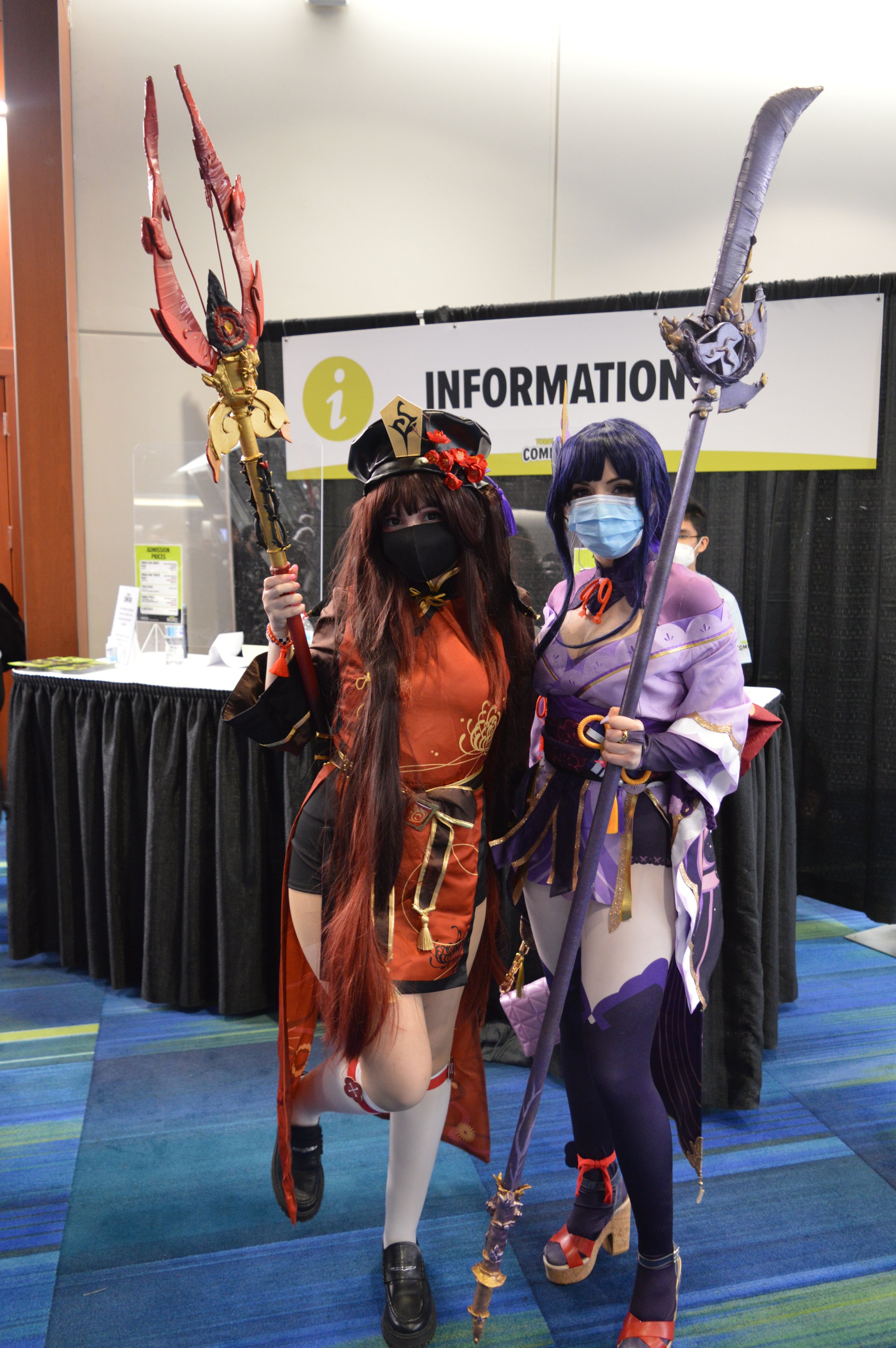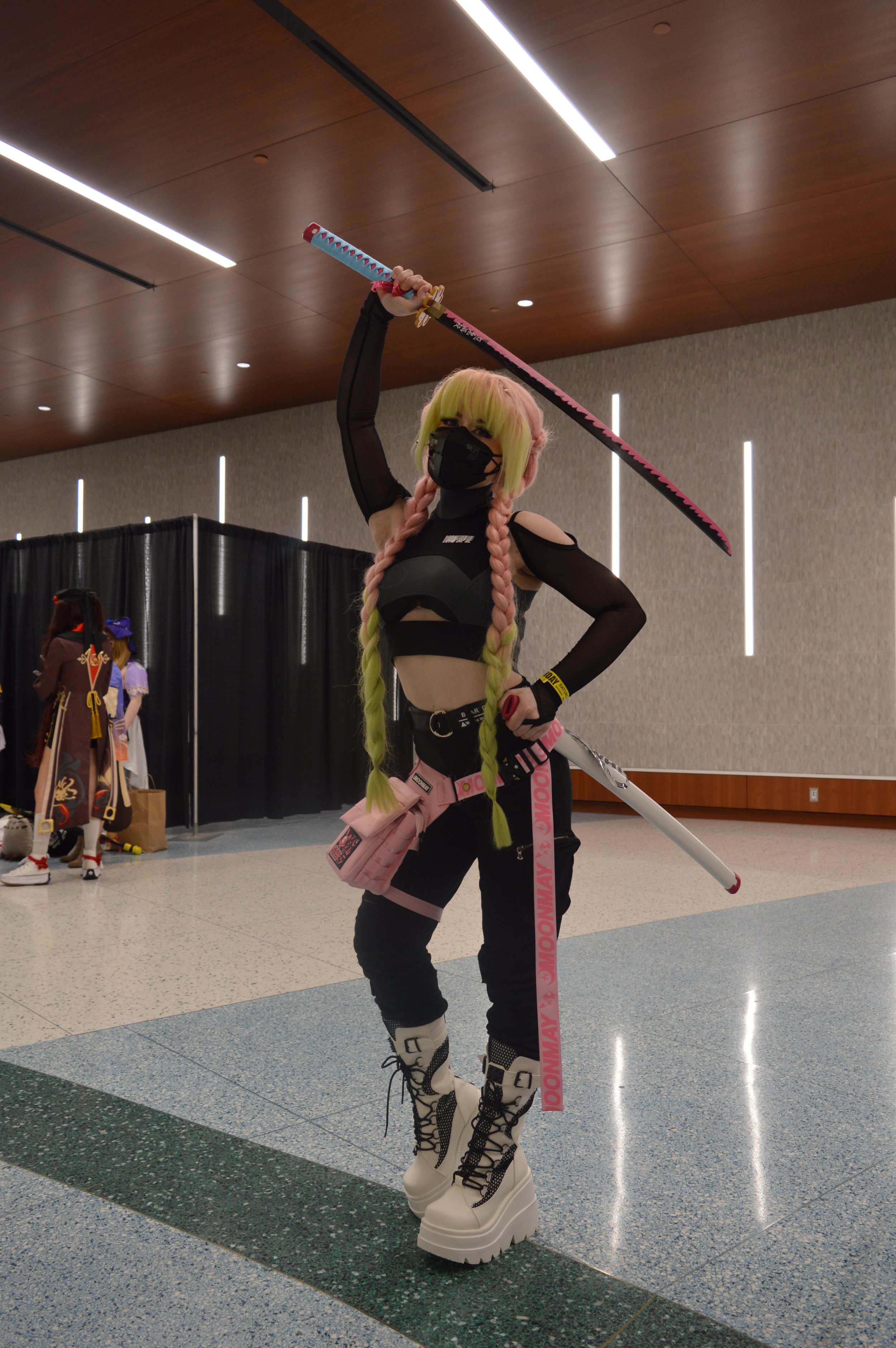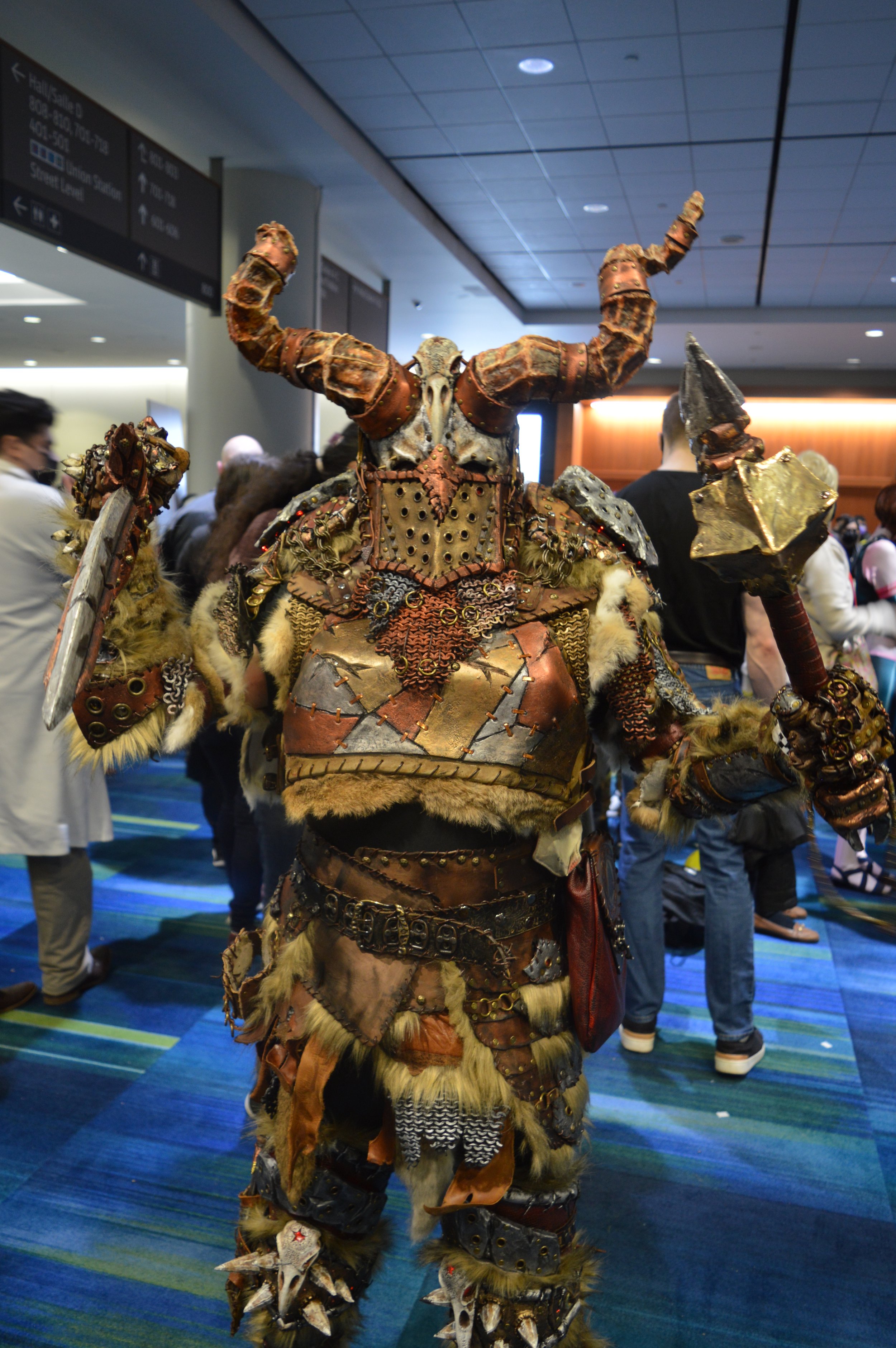What does it take for immigrants to integrate into Canadian society?
By Daniyah Yaqoob
Immigrating is often no easy task.
During this process, you leave behind some family and some friends, some culture and some history. The theatre you watched your favourite movies in or the store that always stocked the snacks you loved best are long gone. Immigrating is leaving behind part of a lifetime, to pursue your future in a place that promises to live up to all your dreams — or all your needs.
For Canada, immigration has long been a staple of our national identity. Just as hockey, poutine, maple syrup, beavers and the supposed overuse of ‘sorry’ can be symbols of Canada, so can the official policy of multiculturalism this country has adopted.
In fact, you could say that Canada is like a patchwork quilt. Each of the quilt’s patches is a unique one, designed by an individual personality with a rich background. Together, each patch comes together to form the beautiful multicultural mosaic that, in turn, forms Canada.
But in recent years, anti-immigrant rhetoric has risen, as an Environics Institute study suggested that Canadians are significantly more likely to say there is too much immigration to the country than they were in the past.
From the pressures immigrants might face to conform, to the xenophobia they might struggle with, Canada’s mosaic runs the risk of becoming a lifeless patchwork. One that appears diverse but is internally devoid of the acceptance and celebration that should come with being unique.
The Immigrant Integration Struggle
“Where are you from from?”
Undoubtedly, this question has been posed to every immigrant or the descendant of an immigrant. While it may seem like an innocent and curious question, there is an assumption often hidden behind it — ‘you’re certainly not fully Canadian.’
While there’s nothing wrong with asking about someone’s background — in fact, we should be encouraged to learn about our diverse heritage — there is something wrong with the connotation that someone is not “fully Canadian,” because of the way they look, what they eat, the language they speak, how they dress or what they enjoy doing.
In fact, for much of my life, I’ve seen people of diverse backgrounds trying to conform to a “fully Canadian” identity.
In elementary school, I had a handful of friends who immigrated from Pakistan to Canada. They would arrive clad in shalwar kameez (traditional Pakistani dress), fluent in Urdu and bringing cultural lunches their mothers made with love and longing for the land they left.
But the fear of being othered in Canadian society taught them slowly to conform.
The term ‘othered’ describes categorizing another person or group of people as different from oneself or from the dominant group. There have been many attributions as to who first coined the term, but the consensus between all the philosophers is the same: being ‘othered’ is creating a toxic ‘us vs. them’ rhetoric.
Over the years, some of my immigrant friends adjusted to Canadian culture and struggled hard not to be a part of them because of their dress, accent or ethnic lunches. They got rid of their shalwar kameez. They stopped bringing their cultural dishes to school. They started speaking English, even in their homes. Some lost touch with their mother tongue.
To be “Canadian,” they abandoned everything that made them diverse.
This points to a larger issue:
Even within a multicultural country like Canada, which doesn’t have an official culture, immigrants and people of diverse backgrounds feel the need to dilute their identities to fit in.
Even in a country like Canada, where our culture is supposed to be in our diversity, often people of diverse backgrounds feel pressure from society to conform.
The Scapegoat Struggle
For some in Canada, immigrants carry the blame for everything wrong with the country.
Housing prices are rising across the country, and you can’t find a good offer? Must be all those immigrants causing the housing crisis. Can’t find a family doctor, and the hospital’s emergency unit is always backed up? Must be all those immigrants taking up space. A substantial unemployment rate? Must be all those immigrants stealing jobs. Or maybe, it’s because they won’t get up and do something for this economy.
Immigrants often become great scapegoats for everything wrong in Canadian society. For instance, a 2023 Toronto Star poll indicated that three in four Canadians say higher immigration is worsening the housing crisis. By blaming immigrants for Canada’s flaws, people feel justified in their anti-immigrant rhetoric as a solution.
What these anti-immigrant proponents might not realize is that Canada is what it is today largely thanks to immigrants. This country was built on the backs of Chinese immigrants, who were forced to pay head tax for their entrance, but were also the labourers behind the Canadian Pacific Railway that ultimately brought this country together.
Some of Canada’s greatest inventions — Alexander Graham Bell’s telephone, the BlackBerry, the Instant Pot — were thanks to immigrants. In fact, one report even found that immigrants are 40 per cent more likely than born-Canadians to own businesses in certain industries.
Famous and familiar newscasters like Ginella Massa and Peter Mansbridge; athletes like Steven Nash and Donovan Bailey; and so many more doctors, engineers, lawyers, judges, artists, writers, thinkers, designers, innovators and entrepreneurs are immigrants that contribute to Canada’s success. In every field that Canada excels, it has immigrants to thank for their contributions.
To undermine the value of immigrants to Canada is in itself a threat to the mosaic. They are hardly at fault for shortfalls that are often inherently political, economic or societal.
Many housing policy experts have indicated that trying to restrict immigration won’t fix Canada’s housing crisis — because Canada’s housing problems aren’t caused by immigrants. By discretely pointing fingers at immigration as the problem, Canada fails to recognize the actual measures — like social housing and better data — needed to solve the problem.
The International Student Struggle
At every educational institution in Canada, there have been international students at some level – right now, estimates suggest there are over one million international students with study permits in Canada. But the treatment they face here hasn’t always been exceptional.
According to a news release from the Government of Canada, “International students enrich our communities and are a critical part of Canada’s social, cultural and economic fabric.”
Near the end of January 2024, however, the federal government announced a cap on the number of international students they are going to let in the country to study in 2024. While this move is said to be a way to “protect international students from bad actors” and to stabilize Canada against the pressure being put on housing, healthcare and other services, their reasoning almost fuels the anti-immigrant rhetoric many individuals in Canada have adopted.
As I mentioned before, immigrants are often made the scapegoat of everything wrong in Canada. So when the country places a cap on international students, blaming the pressure that is being put on Canadian services, it affirms anti-immigrant proponents. That it, in fact, is international students and immigrants that are putting pressure on Canada — and that we should not only place caps on international students but immigrants altogether.
However, international students often contribute to Canada’s economy. In their universities, they are contributing to new research and innovations. International students are an indispensable part of Canada’s academia — and yet, they also often face the brunt of what’s wrong with public systems in Canada.
International students are confronted with costly healthcare, struggles in finding housing, overall ostracization and cultural and linguistic barriers.
Supporting them in adjusting must become a necessary social and political goal. To truly stabilize Canada, as the government now seeks to do by placing a cap on international students, our society and institutions must support the students who are here and look out for their best interests.
The struggles that international students face cannot be solved by caps on immigration or the number of students entering the country. The struggles that anyone in Canada faces cannot be solved through caps alone.
The sooner we realize that anti-immigration policies won’t solve the problems that Canada is facing, the sooner we can begin working on actually solving Canada’s problems in tangible ways. Then, we’d even realize that international students and immigrants are part of the solution.
Canada’s population is an aging one — some reports indicate one in five people in the workforce are close to retirement age. By welcoming immigrants into the country, we invite fresh new minds with unique takes on the problems Canada is facing and add to the future of Canada’s workforce and success.
Building Back the Mosaic
To give credit where it’s due, Canada’s multiculturalism policy is commendable, in that it promotes cultural diversity and does not try to (at least, in the present) assimilate people into a dominant culture (but don’t forget Canada’s treatment of the Indigenous people, who are the original and sole owners of this land).
Yet, unfortunately, in the more than 50 years since multiculturalism was adopted as an official policy of Canada, it still falls flat when it comes into action. There are still a substantial number of people in the country who view multiculturalism in a negative light, and who do believe that Canada has a ‘dominant’ culture of some sort, that immigrants and diverse people threaten. There are a growing number of hate crimes in Canada, and white supremacy has been described as a “harsh reality.”
What Canada is in need of now is an intervention.
To strengthen this mosaic that is under attack — or was never stable to begin with, as Canada’s dark history shows the country is built on the backs of underpaid immigrants, slavery, racism and the genocide of Indigenous peoples — we must transition from protecting our diversity in writing to protecting our diversity in action.
Action, here, does not mean tokenism. In tokenism, we often fail to see diverse people beyond the fact that they are diverse. Part of strengthening our mosaic is accepting the diversity of the Canadian population, by valuing the experiences and expertise they all bring to enrich this country.
That’s the first step in tightening our multicultural quilt: accepting that the Canadian identity is diverse.
So, what will it take for immigrants to integrate into Canadian society?
The answer is that our integration efforts need to be double-sided. As immigrants adjust to Canada, Canada must adjust to accommodating people of new backgrounds.
We must learn not just to accept that we are diverse, but to celebrate it. Talk about our diversity in schools! Celebrate and recognize every cultural holiday, not just the major ones. Talk about our diversity in public! Decorate for every single tradition, not just one. Cherish every single language and show off every single dress.
What makes Canada, Canada, is the multitude of backgrounds we bring into a single nation. What brings our quilt to life is appreciating every single patch that came together to make the quilt whole. We don’t have to dilute anything to be cohesive; cohesion comes when we celebrate our differences and see them as an integral part of what makes Canada unique.
To build our mosaic, we need all hands on deck. It’s up to the individual: those who’ve called Canada home for centuries, decades or days.
Between having a policy in writing and having it in action, the difference is in our attitude.























